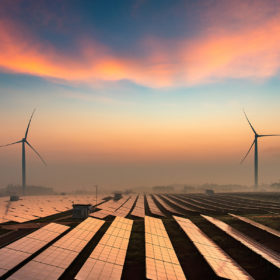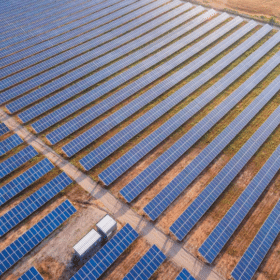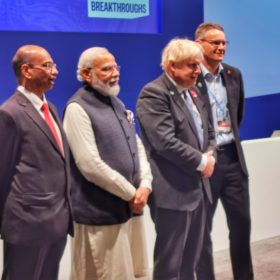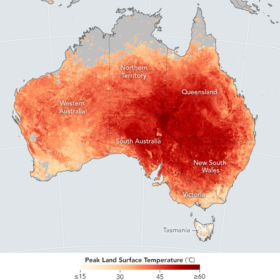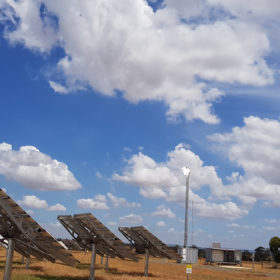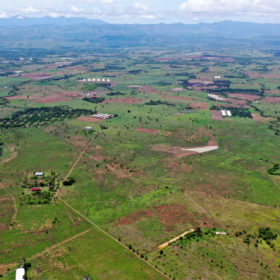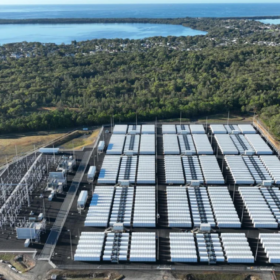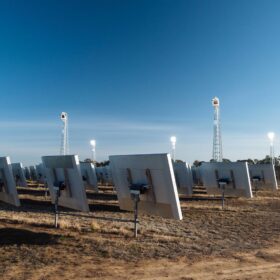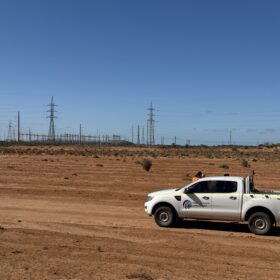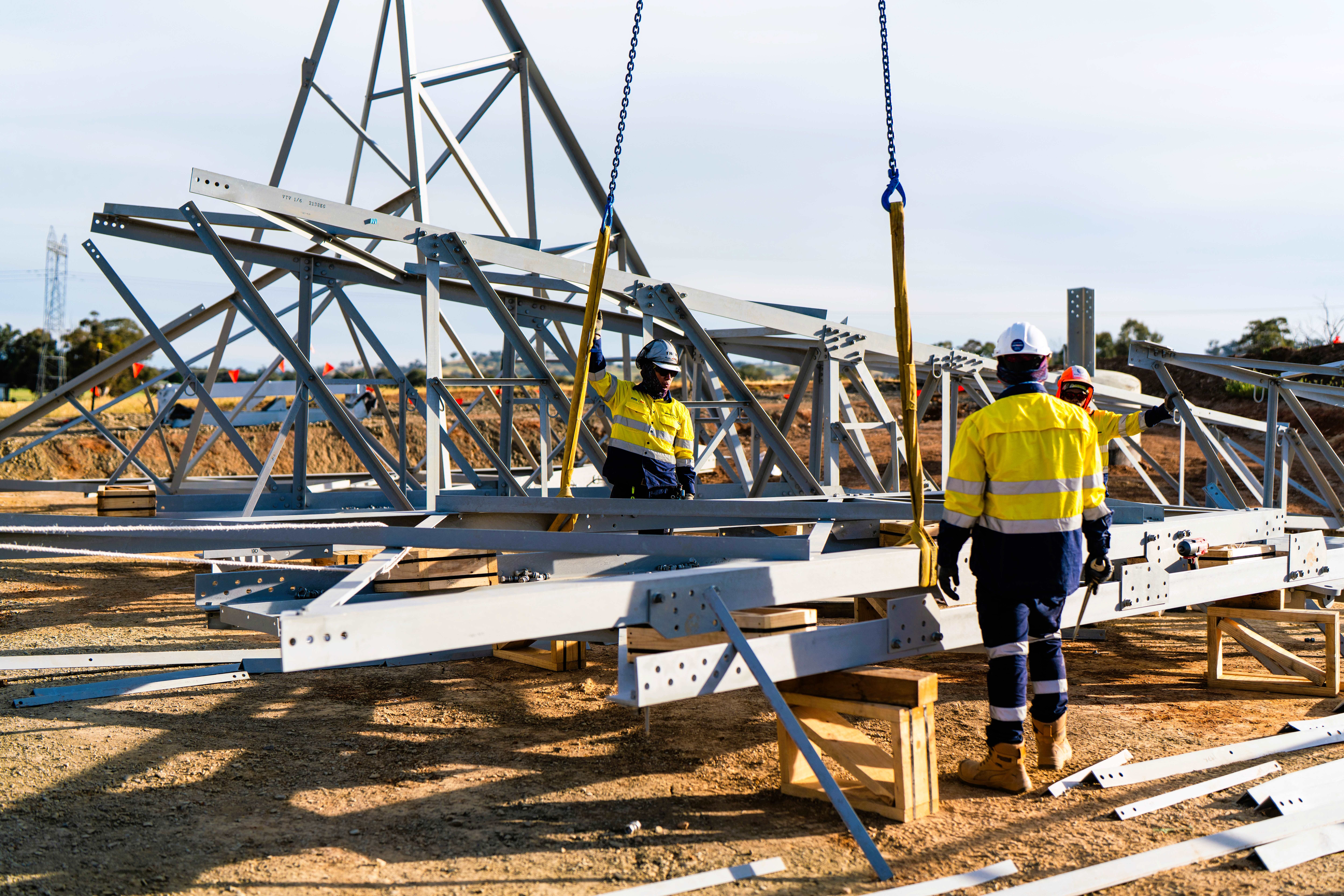6 GW green hydrogen project powered by solar and wind proposed for SA
Kallis Energy Investments is proposing a whopping 6 GW renewable hydrogen project in South Australia, with founder Terry Kallis telling pv magazine Australia the project will not seek to connect its 3 GW of planned solar and wind assets to the already congested grid.
Three solar farms in NSW reach financial close
Greek company Mytilineos has reached financial close on all three of its 40 MWp solar farms in New South Wales, marking an important milestone in the company’s strategic move into the Australian market.
Queensland begins its QREZ development with a “measly” 3.3 GW allocation
The Queensland government has published its draft plan to unlock 3,300 MW, or 3.3 GW, of new renewable generation as part of the first stage of developing state’s three Renewable Energy Zones (REZs).
Investability of Australian large-scale renewables remains low
COP flack for Australia’s insubstantial and unstructured response to decarbonisation has not made the country more attractive to investors. Has our first-mover status cruelled our investability, and what could the next Federal Government do to revive investor confidence?
FRV signs JV to develop 500 MW of solar across Tasman
Fotowatio Renewable Ventures’ Australian platform has shifted its attentions to across the ditch, teaming with one of New Zealand’s largest energy providers in a joint venture which will develop up to 500 MW of solar PV capacity over the next five years.
UK, Indian authorities launch plan for transnational solar super-grid
The International Solar Alliance and the U.K. authorities are leading a global super-grid program that seeks to connect 140 countries to round-the-clock renewable power.
CEFC millions help pave the clean-hydrogen road to a green-zinc supply chain
It all started with Sun Metals 124 MWac solar farm. Once at risk of having its exports curtailed to zero, its owners have now been funded by three Australian government agencies to seed demand for North Queensland’s green hydrogen.
UNSW Exclusive: Heated climate scenarios will adversely affect Australia’s PV generation capacity
Yes, Australia is blessed with an incredible solar resource, but it will be diminished and returns localised by global warming.
Photon plans world’s largest solar+storage project in South Australia
Dutch renewables company Photon Energy has announced it will build “the world’s largest” solar-plus-storage project to date, teaming with Australian technology provider and project developer RayGen Resources to develop a facility that will deliver 300 MW of solar generation and 3.6 GWh of energy storage.
IPO to finance first slice of planned 500 MW-plus solar field in the Philippines
Solar Philippines will tap stock market investors to back the first section of a solar project in Luzon it says will eventually be the largest in the region.
